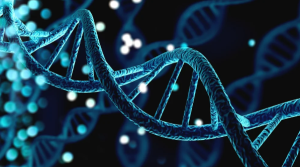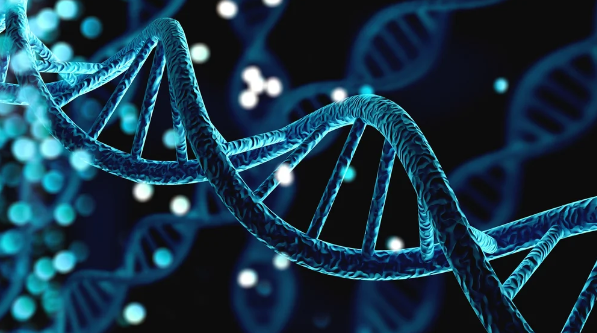Love is often described as a powerful, trans-formative emotion, but beyond its emotional and psychological aspects, it also has significant biochemical effects on the body. When people fall in love, their brains and bodies undergo measurable chemical changes that influence mood, behavior, and even physical health. Scientists have identified several key hormones and neurotransmitters involved in love, each playing a crucial role in shaping human connection and attraction.
The Role of Dopamine: The Pleasure Chemical
One of the most influential chemicals in love is dopamine, a neurotransmitter associated with pleasure and reward. When someone falls in love, dopamine levels surge, creating feelings of euphoria, excitement, and motivation. This response is similar to the effects of certain addictive substances, explaining why new romantic relationships can feel so exhilarating. The heightened dopamine activity can also lead to an increased focus on the object of affection, reinforcing attachment and emotional bonding.
Oxytocin: The Bonding Hormone
Oxytocin, often called the “love hormone” or “cuddle chemical”, plays a key role in deepening emotional connections. Released during physical touch, hugging, and intimacy, oxytocin enhances feelings of trust and attachment. It is also crucial in strengthening long-term relationships, as higher levels of oxytocin have been linked to greater relationship satisfaction and emotional security. In addition to romantic love, oxytocin is vital in parent-child bonding, further emphasizing its role in human connection.
Serotonin: The Mood Regulator
Serotonin, another important neurotransmitter, influences mood, obsession, and emotional stability. Studies have shown that people in the early stages of romantic love often experience a temporary drop in serotonin levels, similar to individuals with obsessive-compulsive disorder (OCD). This may explain why infatuation can lead to intrusive thoughts and an intense preoccupation with a partner. Over time, as relationships stabilize, serotonin levels return to normal, allowing for a more balanced and secure emotional connection.
Adrenaline and Cortisol: The Stress Response
The initial stages of love can trigger the body’s stress response, leading to increased levels of adrenaline and cortisol. These hormones contribute to the “butterflies in the stomach” sensation and heightened alertness when interacting with a love interest. While short-term stress can be exhilarating, prolonged elevation of cortisol may have negative effects, potentially leading to anxiety or emotional instability if the relationship is tumultuous.
Endorphins: The Natural Painkillers
As romantic relationships progress, the brain releases more endorphins, the body’s natural painkillers. These chemicals promote a sense of well-being, reduce stress, and contribute to the comforting, secure feeling associated with long-term love. Endorphins help explain why stable, loving relationships can enhance overall happiness and even improve physical health by lowering blood pressure and reducing the risk of heart disease.
Conclusion
Love is not just an abstract emotion— it is a complex biochemical process that profoundly affects the body and mind. From the initial rush of dopamine-driven attraction to the long-term bonding effects of oxytocin and endorphins, love’s chemical impact is undeniable. Understanding these physiological changes can offer insight into human relationships and highlight the powerful connection between love and overall well-being.



























